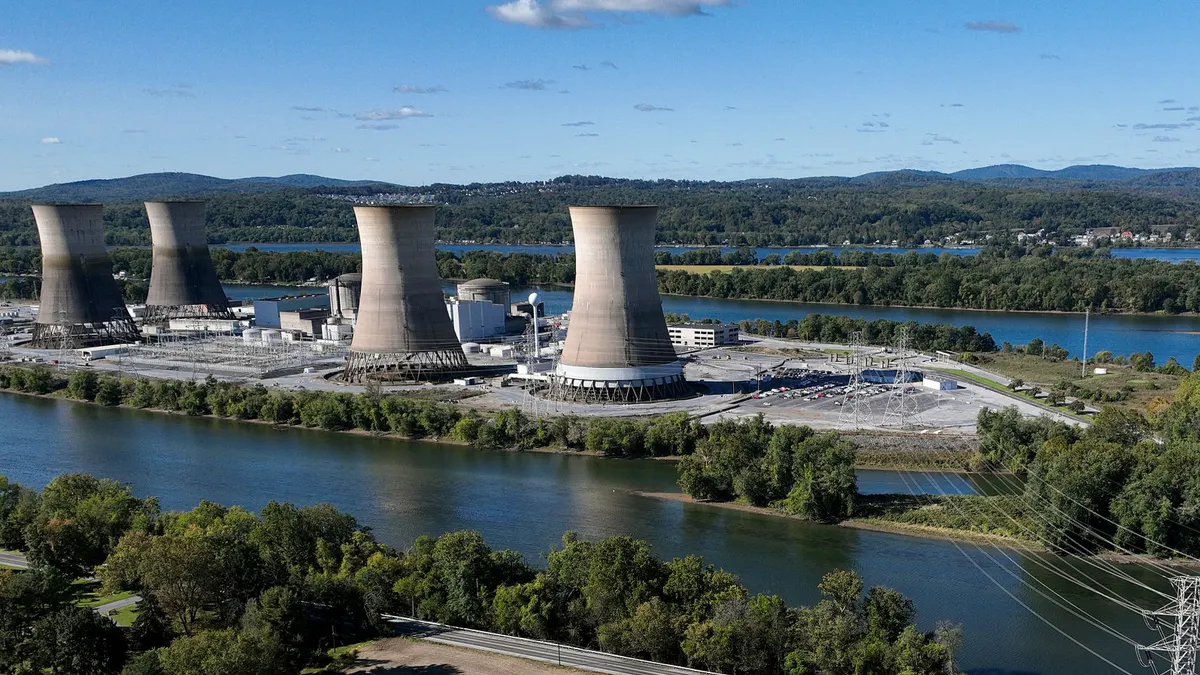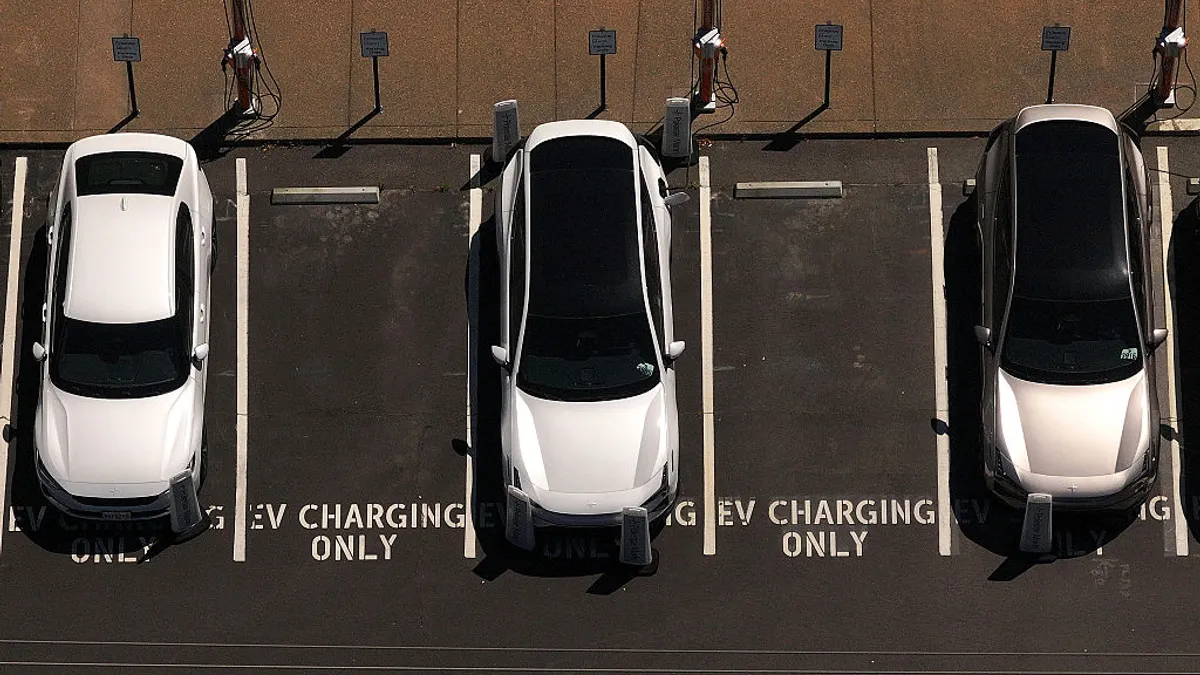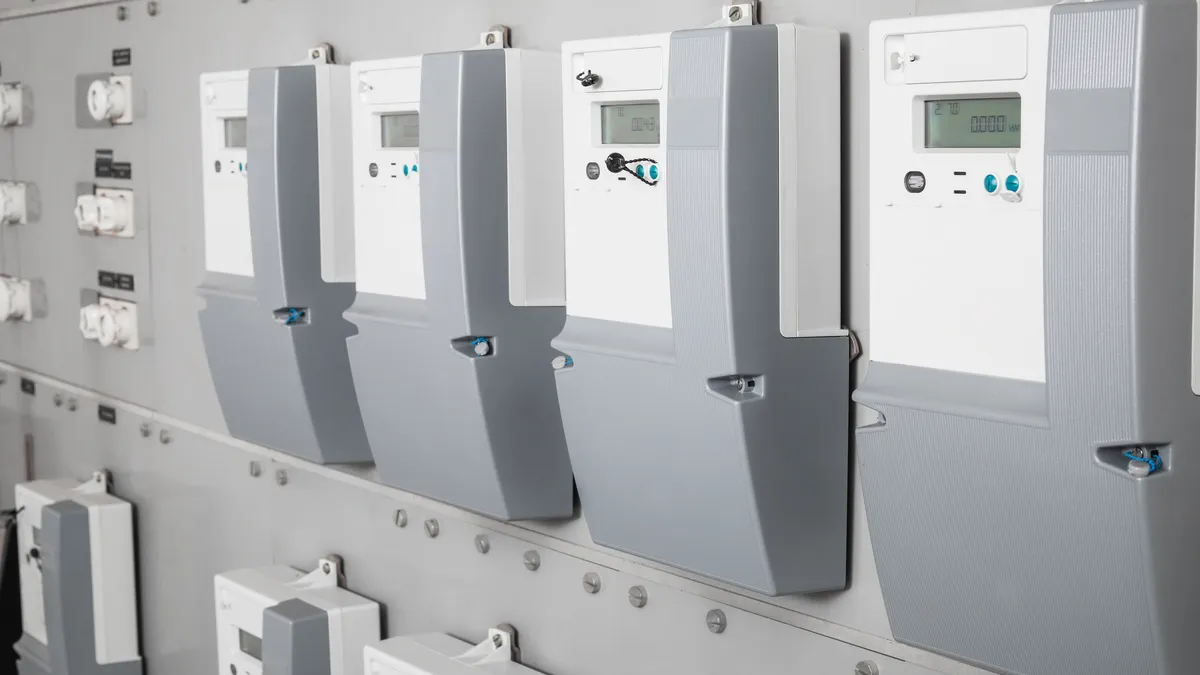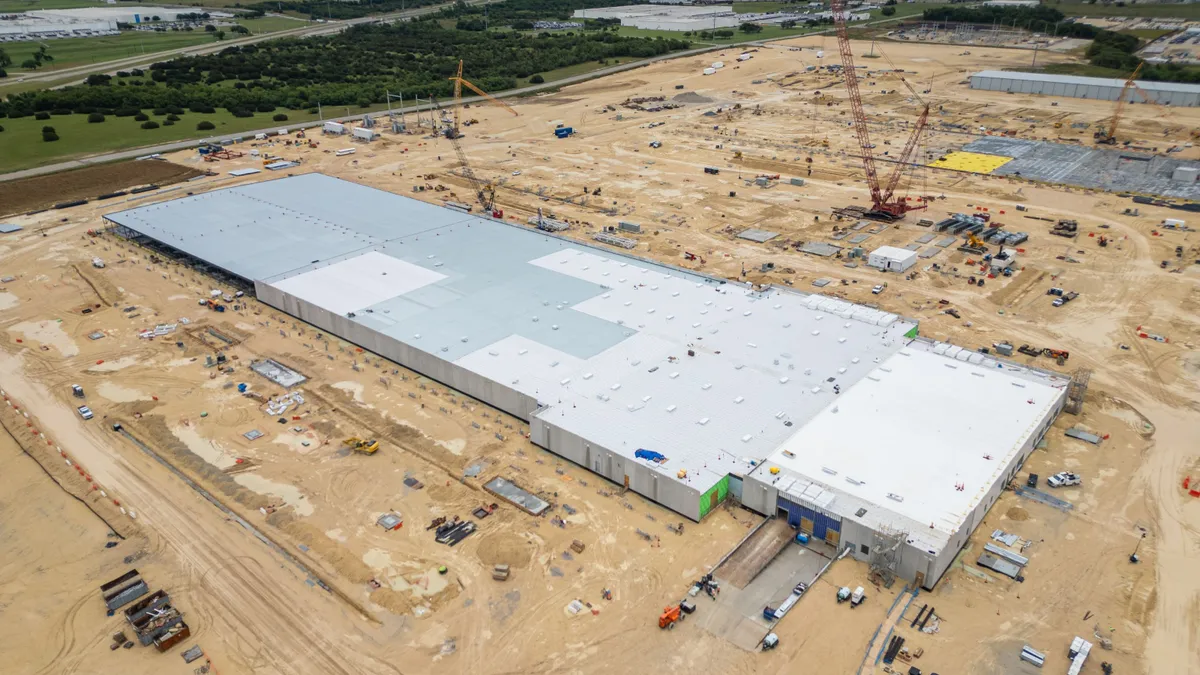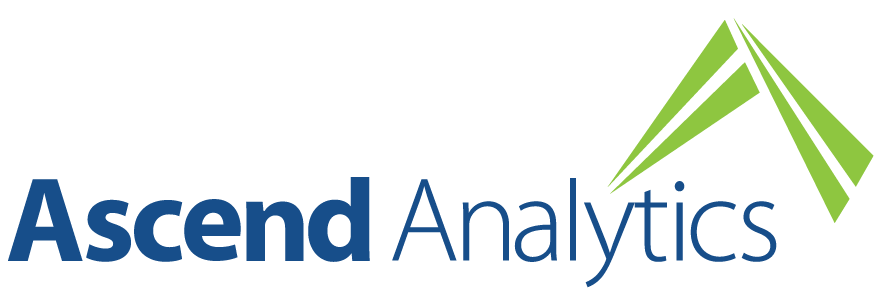The following is a contributed article by Daniel Talero, a research analyst with Guidehouse Insights.
Utilities' online marketplaces have untapped potential within demand-side management (DSM). New approaches to incentive targeting, product financing, distributed energy resource (DER) adoption, and revenue-generating models are adding compelling value for utilities in their efforts to meet savings goals. In particular, traditional approaches in product rebating, access for lower income groups, and plug load reduction are being revamped using improved data analytics and business models.
New DSM programs are leveraging replacement cycle data using up-front product financing, rather than rebates, to increase low-income access to energy-efficient appliances. Additionally, improved behavioral techniques are amplifying the impact of home energy reports within customer engagement, and their capacity to expand DSM program participation. Marketplaces are also expanding their contribution to DER adoption and diversified utility revenue streams. DSM managers and trade allies should watch these and other trends closely to improve outcomes.
Why marketplaces?
Utility marketplaces are key to delivering a new generation of cost-effective savings in an era when many of the easily-achieved energy savings have been realized. Marketplaces are key integrations to utility systems of record as portals for customer e-commerce data, facilitating rebate processing (time to rebate), online program enrollment, incentive targeting, approval validation and other key DSM program metrics. Guidehouse Insights has analyzed the many ways marketplaces can differentiate from other e-commerce retailers, and their combination with DSM program structures is among them. Improved data collection and analytics capabilities are a key enabler of this integration, and one of their most potent new applications is in home energy reports.
Home energy reports improve personalization and customer engagement
Improved home energy reports are a key enabler of improved customer experience, customization, targeted incentives and product sales. In particular, cost-effective and module-level personalization is a key improvement to new digital home energy reports. This software development challenge is being met through more-unified configuration, the use of the GraphQL querying language for web APIs and most importantly, continued integration of appliance-level disaggregation data, which Opower has used for years to encourage behavior change with utility customers.
Oracle Opower uses this deeper personalization and complimentary messaging across High Bill Alerts, Weekly Energy Updates, Peak Management alerts and its home energy reports. Behavioral techniques employed have also improved beyond social benchmarking to include more personalized eco-feedback and gamification, offering additional triggers for behavioral change. Utility marketplaces that capitalize on these capabilities stand to improve existing pipelines to product purchases, program enrollment, and improved DSM outcomes.
Appliance financing is increasing DSM savings from plug load reduction
Home energy programs improve customer engagement with marketplaces. However, marketplace sales conversion depends not only on pricing but also on utilities' ability to effectively target the market for appliance replacement at end-of-life. Appliance plug loads are key sources of new DSM savings and their share of building energy consumption increases as buildings become more efficient, making them a key concern alongside other efforts to improve building stock energy efficiency. This is emphasized in the White House's Long-Term Strategy of the United States: Pathways to Net-Zero Greenhouse Gas Emissions by 2050, published in November 2021, which sauys:
"Buildings and their energy-consuming systems — electricity used and fossil fuels burned on site for heating air, heating water, and cooking — have long lifetimes. Therefore, the priority in this decade is to rapidly improve energy efficiency and increase the sales share of clean and efficient electric appliances — including heat pumps for space conditioning, heat pump water heaters, electric and induction stoves, and electric clothes dryers — while also improving the affordability of energy and the equitable access to efficient appliances."
To capture plug load savings through appliance sales on marketplaces, new programs are showing that a financing model may be more effective than product rebates, particularly among low-income buyers, which do less to reduce upfront expenditures. Increasing DSM savings among low-income program participants may depend on such an approach. According to the California 2021 Low-income Potential and Goals Study, 57% of the electric savings potential in this demographic in 2030 is associated with appliances and other plug loads.
Southern California (SoCal) Gas' appliance program uses "Eco Financing" loans ranging from $200 to $5,000 at the point of purchase on the utility's online marketplace, which is powered by Enervee. Interest rate buy-downs for the most financially stressed buyers within income-qualified or disadvantaged communities are also a feature on Enervee's marketplace, which is unique in offering an online retail financing option that leverages natural replacement cycles in purchasing.
Results from programs in California are encouraging: SoCal Gas quarterly data show that 56% of all Eco Financing loans are going to underserved borrowers making monthly payments instead of one-time purchases. Additionally, the California Alternative Energy and Advanced Transportation Financing Authority, which oversees evaluation of Enervee Eco Financing, reported that 298 microloans were issued after only 2-3 months of operation. This issuance rate significantly outperforms a comparable traditional lending program, which has registered only 1,709 loans since inception in 2016. While other results may vary by utility jurisdiction, this financing approach holds promise for DSM programs seeking to realize plug load savings through appliance purchasing on marketplace platforms.
Improving DER adoption and creating new revenue sources
Marketplaces also have a key role to play in enabling DER adoption, a key source of new DSM savings. Disaggregated AMI data can improve DER program updating, pre-enrollment, and category sales through targeted outreach. The application is especially pertinent to EV charging, as proliferation potentially increases cost to serve as well as the potential for behavioral load management.
Bidgely's load disaggregation successfully targets potential buyers for charging equipment as well as on-peak charging customers. The latter allows utilities to reward successful load-shifting with paid incentives that can be paid directly; while the former can be linked to marketplace promotions on smart charging. Within solar PV programs, Bidgely also supports post-solar installation customer experience, traditionally a key data gap, allowing customers to see their energy generation vs. utility consumption. This experience can be used to improve marketing and incentive targeting for rooftop solar PV programs.
Alongside improved targeting of DER programs, data can be used across business divisions to preserve and diversify revenue streams with affiliate promotion, especially as regulatory rules shift. Bidgely platforms offer cross-promotion of services such as window sealing, weatherization and insurance, as well as innovative incentives such as content streaming subscription discounts with Disney+ and Hulu when customers sign up for time-of-use rates.
This level of sales integration leverages e-commerce buying habits more effectively, and actuates more of the sales potential offered by utility marketplaces within DSM. Within Uplight's marketplace, e-commerce best practices in combination with optimized customer experience (CX) also improve product sales and realization rates.
While product cross-selling and bundling is a baseline e-commerce technique, reducing friction in the checkout process is also a key enabler for Uplight clients through guest checkout and single sign-on capabilities that don't require customers to create a dedicated marketplace account. This reduces drop-off and increases conversions. Impacts have been significant, as 25% of shoppers will abandon their cart if forced to create an account, according to Shopify.
Uplight also bundles energy-efficient product purchases with demand response program enrollment. Stacking these incentives lowers upfront costs to the customer and provides an easy customer experience. Behind the scenes, data integration with product manufacturers and automated trickle email campaigns support installation, improving realization rates. While product purchases such as appliances or thermostats improve through these adapted e-commerce methods, they also are highly applicable throughout the DER technology stack, helping utilities expand their load-shifting resources and maximize DSM savings.
A new era for marketplaces
Improved home energy programs, appliance financing in replacement cycles, and more diversified approaches to DER and revenue streams are only a few of the emerging value-added approaches that can be integrated with utility marketplace platforms. DSM managers and trade allies that implement these approaches stand to improve outcomes significantly and realize the true value of marketplaces as DSM assets.




